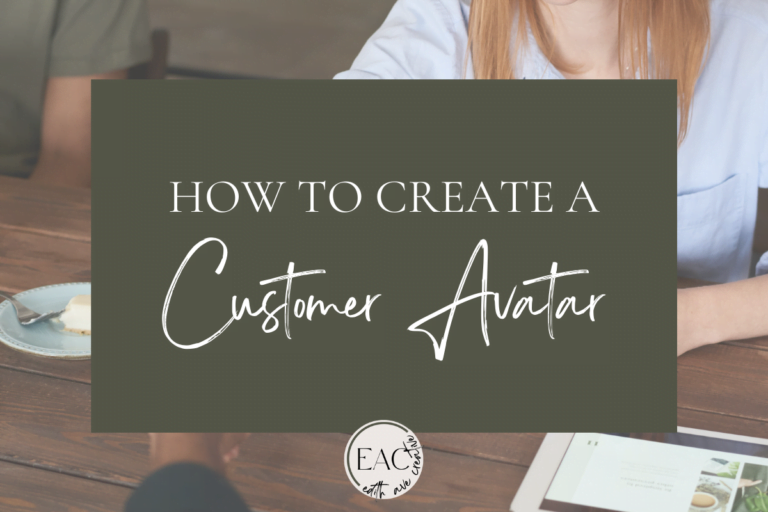Client experience is the heart and soul of any successful business. It’s the art of creating a positive and memorable journey for your clients at every touchpoint, from the first interaction to the last. It’s about understanding their needs, exceeding their expectations, and leaving a lasting impression. A remarkable client experience isn’t just about delivering a service; it’s about building trust, fostering relationships, and making clients feel valued and appreciated. It’s the secret sauce that turns one-time buyers into loyal advocates and fuels the growth and success of your business. In essence, client experience is about crafting a unique and satisfying journey that keeps your clients coming back for more and spreading the word about your exceptional service.
When creating a service-based business, you probably understand already how important your client’s experience is. It goes beyond just having good customer service when you book a client. It takes planning and mapping out their experience before you’re even booked with them. Here are some areas of client experience where you should plan out your process before booking a client to come across as professional and trustworthy.
How do clients reach out?
The first step to creating a smooth client experience is identifying how your clients reach out to you. Do you want them to send a DM on social media? Do you want them to head to a website and fill out a contact form? Do you want them to send you an email? Do they need to book a discovery call? Think about what that process looks like from your side as well as the client’s side. How can you make that process easy for them?
What information do you need to get started?
Is there basic information that you’ll need from every client? Is there a way to collect this information prior to meeting with them so you can decide if they are a good fit and so you can eliminate some back-and-forth conversations? Maybe this looks like a private website form that you can direct them to once they’ve made initial contact. Maybe your website contact form can have some conditional fields that show up if they indicate in their initial form completion that they are interested in a specific package.
How do they book?
After reaching out to you, they decide to book you (well, of course!). What does that look like? Do they first need to answer any additional questions or do you have all the information needed to start their project?
What and how do they sign to finalize the agreement?
As a service-based business, it is especially important to have some kind of agreement on what services you are providing and what you are receiving in exchange. I’m not a lawyer so this shouldn’t be considered legal advice, but please make sure you have something ready. Another process to plan is how you will collect signatures on this agreement. Keep in mind that there may be clients who don’t easily have access to print and scan documents. There are lots of options for e-signing that can make this process easy for your client to create a smooth client experience. Want some to check out? Head to the resources page!
How do they make payments?
There are popular CRMs that have automatic billing features, but you may also be in the stage of business where it makes more financial sense to manually invoice. What kind of payments can you accept? Are you going to be using invoice services like PayPal? Make sure to consider any fees involved when setting up your pricing structure. Are you going to be sending the invoices to the clients or do you have some kind of client portal where they need to log in to view the invoices? Are there reminders or are they expected to check for the invoices?
How do you schedule clients?
No one wants to have the back-and-forth “when are you available” emails. Consider having a system like Calendy or Acuity that allows you to send your clients to a link where they can pick from your available times and book a time that works best for their schedule. This allows you to give them options while still respecting your time. Want some tools to check out? Head to the resources page!
How do you communicate and transfer files during the work process?
For some businesses, email chains may work great, but often it is nice to have a “home base” for file transfers. This could be a formal client portal, or it could be a shared Google Drive folder (or similar). Especially if there are many files or large files being shared, a shared folder can be organized allowing everyone to have access to the files they need.
How do you offboard the client?
Once you have completed your work, final invoices have been paid, files have been delivered, and anything else that means the project is done, how do you make it a clear understanding? This could be a final wrap-up email that nicely summarizes everything that has been completed and thanks them for their business.
What information do you store, how, and how long?
If you’re delivering large files to your clients, you need to consider how much space you can feasibly dedicate to storing client files. Are those files protected? Consider cloud-based storage so that you don’t lose your work if something suddenly happens to your computer. Do you want your clients to come back to you 3 years from now because they lost a file? Consider keeping client agreements even if you don’t keep client deliverables that way you have the protection of being able to reference their agreement if they come back later.
Creating a smooth client experience doesn’t have to be a difficult, lengthy process. In fact— it shouldn’t. While thinking about these questions is key in setting up your service-based business, it can be easy to become bogged down in all the planning. You don’t have to spend hours and $$$ coming up with an all-encompassing solution to these questions. All you have to do is have answers for each so that you have an answer when your client asks “What’s the next step?”








